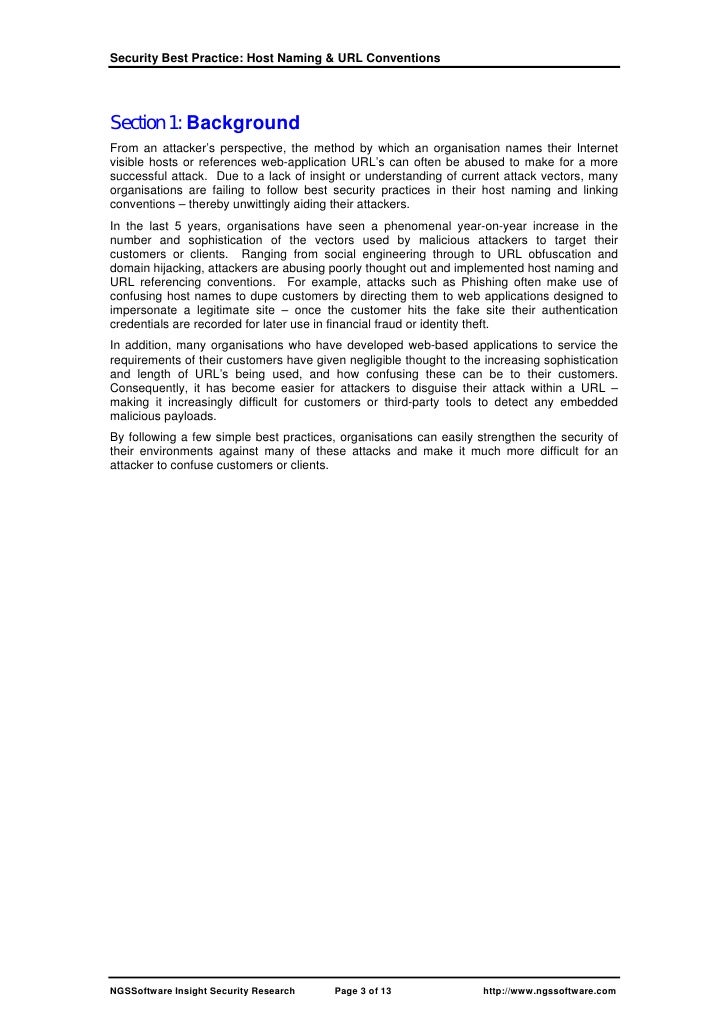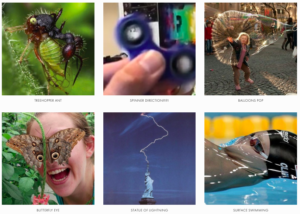

Middle School Course I Models (Phenomenon and Topics Model).4th Grade Bundles (Thematic Model and Topics Model).1st Grade Bundles (Thematic Model and Topics Model).Kindergarten Bundles (Thematic Model and Topics Model).Standards could be bundled within a given school year.Ĭurrently Example Bundles are available for the following: Newly developed Example Bundles show how the

Greatly reduces the amount of necessary instructional time. Illinois Science Teacher Association storylines include a range of phenomenon-driven storyline curriculum for high school biology."Bundling" is an important strategy for implementing the NGSS, as it brings coherence to instruction and.Students build and present artifacts to explain natural phenomenon or solve a problem and address the unit driving question. The Multiple Literacies in Project-based Learning (ML-PBL) aligns the NGSS with CCSS for ELA and mathematics with project-based learning.
#Ngss phenomena professional

OpenSciEd Middle School Science Instructional Materials all use a storyline approach in their development.The website also includes some tools for creating and working with storylines. Next Generation Science Storylines includes elementary, middle, and high school instructional materials.In this issue, guest authors share their experiences with teaching with storylines in which students’ own questions and ideas drive instruction to create a classroom community in which we figure out an authentic question or problem together. But strong storyline instructional materials provide students with key learning experiences that help guide the class in their journey together. For teachers, it can be challenging to “let go” of traditional ways of teaching. Storylines can empower students by giving them a voice in their science learning. Repeatedly in the unit, the class returns to the phenomena and their own questions to consider: What have we done so far? What questions do we still have? What evidence do we need next? This type of navigation supports students in understanding not only what they are doing, but also why they are doing it. Students are highly engaged in the storylines because they can see how each investigation brings them closer to being able to explain the phenomenon or solve the problem. These phenomena result in numerous student questions that the class explores during the unit as they build rich understandings of three-dimensional science.
#Ngss phenomena windows
For example, in the OpenSciEd middle school units, students engage with anchoring phenomena such as watching a video in which a truck is playing loud music and the windows of a building across the parking lot are visibly shaking, or conducting an investigation about whether a new plastic cup keeps a drink colder. Each step in a storyline unit is then driven by students’ questions that arise from the phenomenon. Instead of starting with a science topic, storylines start with an anchoring phenomenon that introduces a question or problem. Today’s NGSS science classroom looks very different.

When I taught in my own middle school science classroom, I typically started a new science unit by naming the science topic for my class: “We are starting a new unit on ‘cells’ (or ‘chemical reactions’ or ‘erosion’)." Before we had even started, I had unknowingly alienated many of my students, who were discouraged by this disconnected academic language that they either felt they knew nothing about or they were not interested in.


 0 kommentar(er)
0 kommentar(er)
